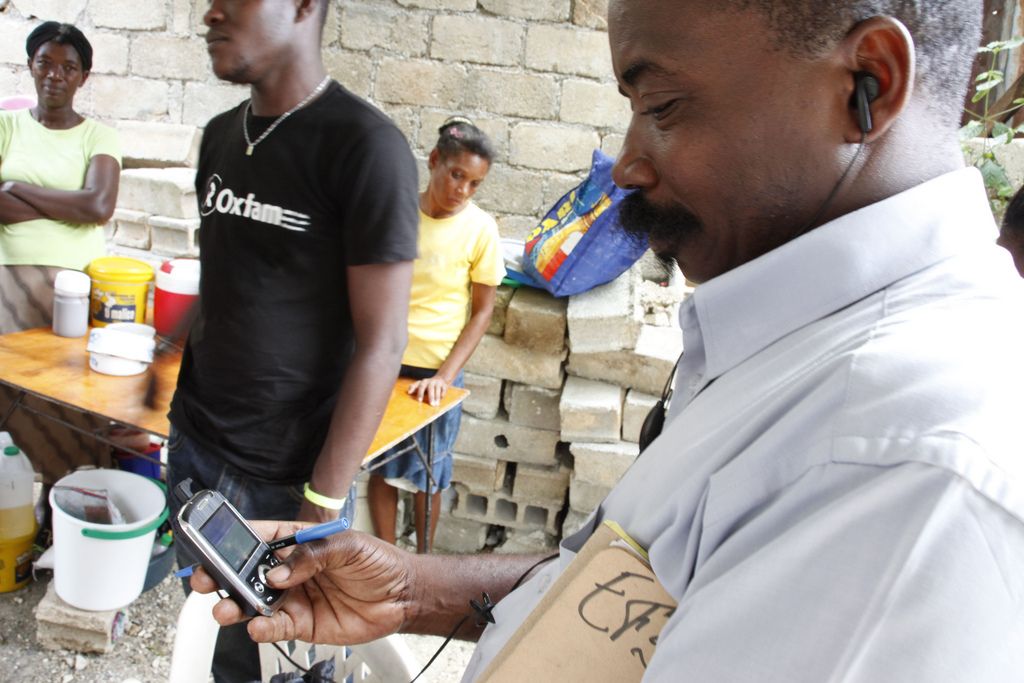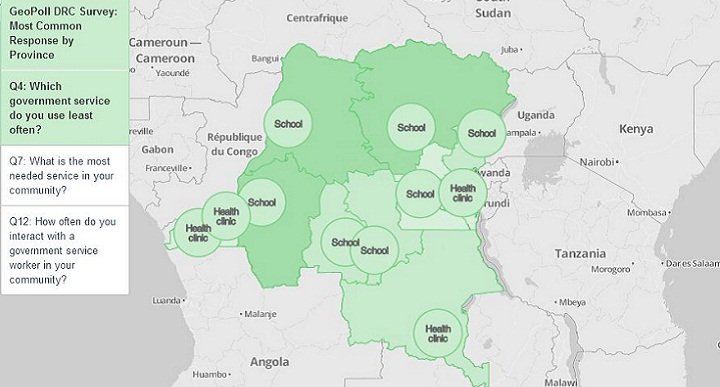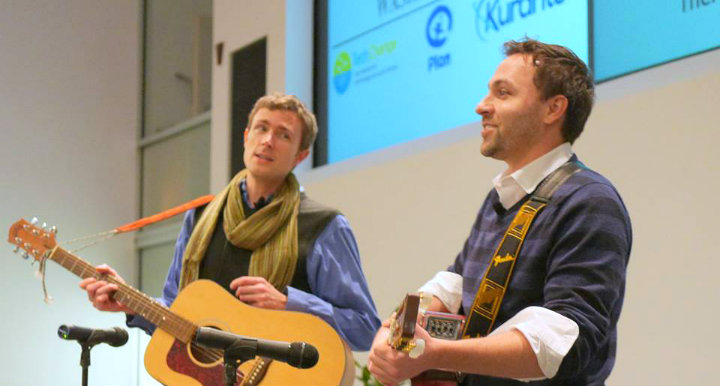Bangladesh. Most people have rarely heard of this tiny country the size of the state of New York nestled in India’s “armpit” and even fewer will be able to tell you its capital. But sooner or later, we are all going to have to start paying attention. This is because Dhaka, the current capital of Bangladesh and formerly one of the most important hotspots of the British empire during the industrial revolution, is the world’s fastest growing megacity. According to an article on Global Post about megacities from September 8, 2010, Dhaka doubled in population between 1990 and 2005, currently boasts 15 million residents and is projected to surpass 20 million people by 2025. As a native of Dhaka city, I was left with a myriad of questions about what all this means not just for Bangladesh but also for the sub-continent and the world.
 One symptom of Bangladesh’s technological problems is something most of us in the U.S. take for granted. I remember with great frustration blistering hot summers in Dhaka city combined with the lack of power for as many as 12 hours a day due to “load shedding” – the government’s systematic rationing of electricity. You can imagine that beyond just a point of comfort or convenience, the wide gap between demand and supply for electricity in Dhaka poses major obstacles to professional productivity.
Banks, universities, corporations, government offices and average households are fettered to the city’s underfunded and overstretched electric company. As Salma A. Shafi, an architect and local expert on urban development explains, garments factories hired by American brands such as Gap bring in hundreds of thousands of migrant workers from rural areas each year and yet the electricity shortage results in declined production and lost man-hours, essentially hampering economic growth.
Furthermore, the mass migration from rural villages into Dhaka city has also produced a sharp decline in individual houses which have instead made room for countless new high-rise apartment buildings. Dhaka, a once green city with sprawling parks, has now become a concrete jungle.
One symptom of Bangladesh’s technological problems is something most of us in the U.S. take for granted. I remember with great frustration blistering hot summers in Dhaka city combined with the lack of power for as many as 12 hours a day due to “load shedding” – the government’s systematic rationing of electricity. You can imagine that beyond just a point of comfort or convenience, the wide gap between demand and supply for electricity in Dhaka poses major obstacles to professional productivity.
Banks, universities, corporations, government offices and average households are fettered to the city’s underfunded and overstretched electric company. As Salma A. Shafi, an architect and local expert on urban development explains, garments factories hired by American brands such as Gap bring in hundreds of thousands of migrant workers from rural areas each year and yet the electricity shortage results in declined production and lost man-hours, essentially hampering economic growth.
Furthermore, the mass migration from rural villages into Dhaka city has also produced a sharp decline in individual houses which have instead made room for countless new high-rise apartment buildings. Dhaka, a once green city with sprawling parks, has now become a concrete jungle.
 Essentially the demand for technology not met by the government has meant that citizens are left to fend for themselves with alternative mechanisms to power their lives. Rahim Afroze, for example, is one of many private companies selling generators that can be installed into buildings with various electrical capacities to give temporary power during daily blackouts and while this solution is far from ideal, it has become common practice for those who can afford the luxury.
A more long term and green solution to both the electricity shortage and mass migration has come from Grameen Shakti, a sister company of the Nobel Peace Prize winning Grameen Bank. Shakti, which means “strength” or “power” in Bengali, has focused its efforts in rural areas – keeping with Grameen tradition – and introduced Solar Home Systems to more than three hundred thousands households across Bangladesh. Not only does Shakti provide alternative, renewable energy to millions of people who previously relied on candlelight but also conducts training and workshops to educate villagers about solar power while creating jobs and working to slow down the influx of people into Dhaka. Maybe Dhaka could join the solar power revolution and learn from the villages for a change?
Essentially the demand for technology not met by the government has meant that citizens are left to fend for themselves with alternative mechanisms to power their lives. Rahim Afroze, for example, is one of many private companies selling generators that can be installed into buildings with various electrical capacities to give temporary power during daily blackouts and while this solution is far from ideal, it has become common practice for those who can afford the luxury.
A more long term and green solution to both the electricity shortage and mass migration has come from Grameen Shakti, a sister company of the Nobel Peace Prize winning Grameen Bank. Shakti, which means “strength” or “power” in Bengali, has focused its efforts in rural areas – keeping with Grameen tradition – and introduced Solar Home Systems to more than three hundred thousands households across Bangladesh. Not only does Shakti provide alternative, renewable energy to millions of people who previously relied on candlelight but also conducts training and workshops to educate villagers about solar power while creating jobs and working to slow down the influx of people into Dhaka. Maybe Dhaka could join the solar power revolution and learn from the villages for a change?
Stay tuned – there are more entries coming on different themes related to technology challenges faced by Dhaka as a growing megacity.



